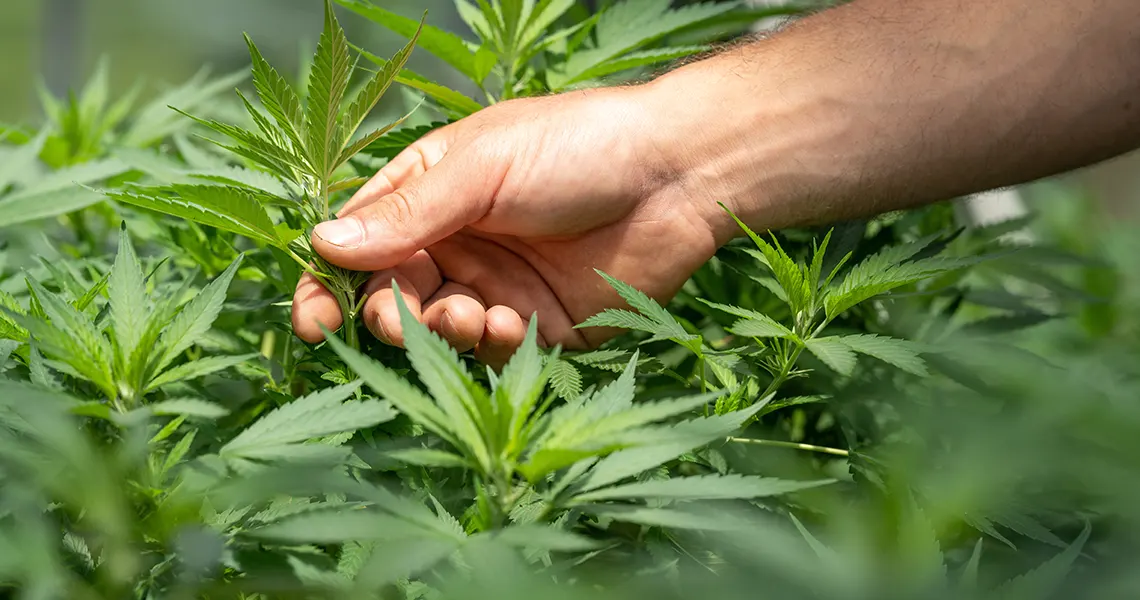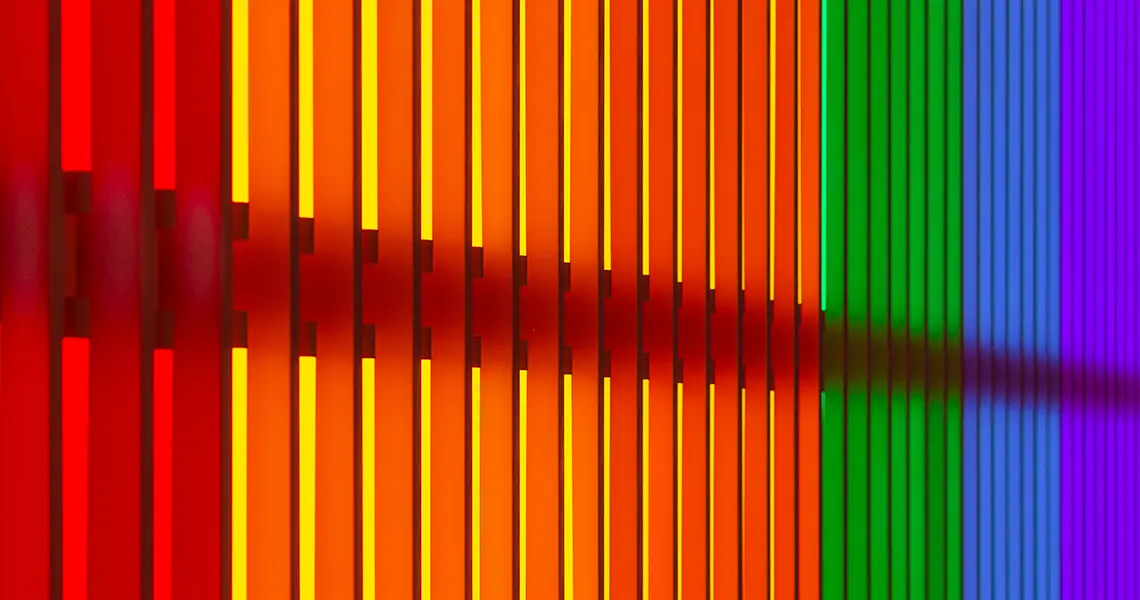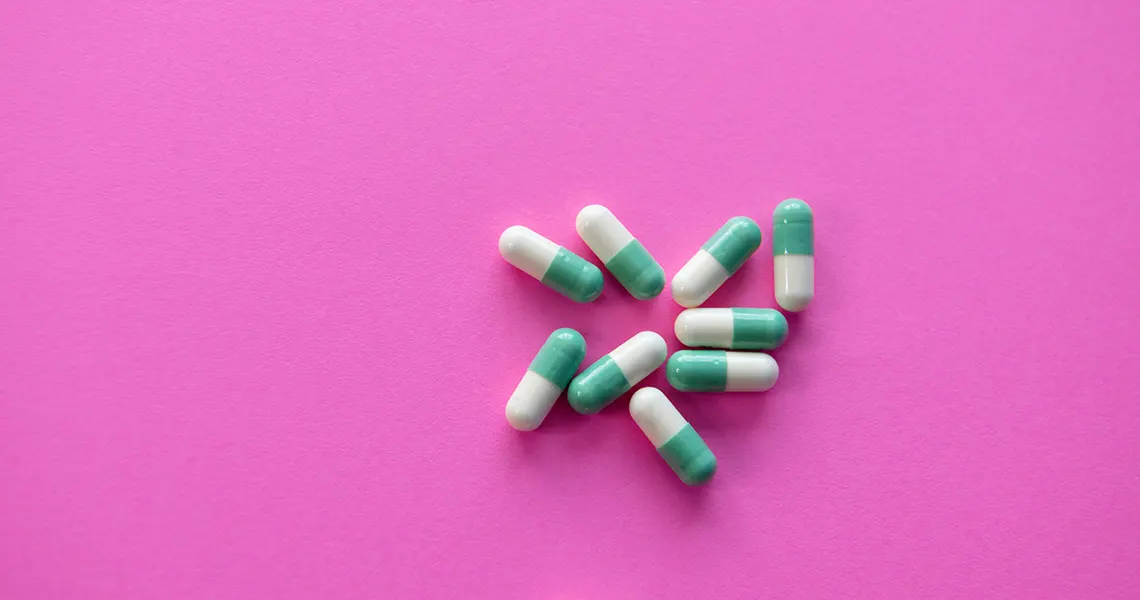
Why all the fuss about full-spectrum CBD?
The world of plant-based treatments is growing every day. CBD is by far and wide the most studied and talked about of the lot. It’s steadily seen legalisation across the globe in recent years. Despite the progress, our scientific understanding of the treatment is severely lacking.
Anyone considering CBD products will need to decide which is most appropriate for treating their condition.
The primary categories are:
- full-spectrum CBD
- broad-spectrum CBD
- and isolate CBD.
The differences between them are rather subtle but could have a significant impact on the consumer. Everyone reacts differently to CBD. The same goes doubly so for THC, which is often found in CBD products.
That’s why, regardless of which product you choose, CBD usage is strictly something to discuss with your doctor. They’ll help you understand the state of the scientific research behind the subject, how CBD works and whether it might be an effective treatment.
The only way to make responsible decisions on alternative treatments is to understand:
- what CBD and THC are, their potential side effects and how they function
- the differences between full-spectrum, broad-spectrum and isolate CBD
- how to access CBD products.
Just remember to look at any claim of CBD’s benefits with scrutiny. We don’t understand nearly as much about these products as their marketing would have us believe.
First off, what is CBD?

The hemp plant has been a key part of traditional medicines for generations. This has continued into the modern age as our technology has improved, allowing us to take a closer look at the plant.
Hemp contains over 100 natural compounds, many of which are thought to have potential therapeutic benefits in different areas. The two most popular and highly researched are cannabidiol (CBD) and delta-9-tetrahydrocannabinol (THC).
CBD, in particular, is often prescribed by doctors to treat the symptoms of various conditions.
It’s extracted from the leaves, stems and stalks of the hemp plant, while THC is taken from the flowers. The latter substance is psychoactive and can induce a high, while CBD cannot.
The two substances share something of a complicated relationship.
This is an area that’s produced a lot of contradictory research. Some claim that THC and CBD may boost each other’s therapeutic benefits via ‘the entourage effect.’ On the other hand, certain studies have also claimed that THC may dull CBD’s medical benefits.
Cannabidiol products come in the form of:
- oils
- vapes
- edibles
- tinctures
- topical creams and ointments.
For the most part, each one of these functions about the same. Topical creams, however, tend to only affect the area they’re directly applied to. Finally, vapes are not recommended due to the inherent health risks they present.
What does full-spectrum CBD do?

Though there’s a lot of general confusion surrounding CBD and THC, they’re believed to function relatively similarly in our bodies. Keeping the body in good health means maintaining and balancing various complicated, chemical systems. We call that balance ‘homeostasis.’
The mechanism responsible for supporting homeostasis is called the endocannabinoid system.
Its primary function is to deliver chemical messages across various types of cells in our bodies. These chemicals bind to receptors called the CB1 and CB2 receptors. They’re broken down by enzymes and trigger various bodily responses.
The endocannabinoid system is thought to contribute to:
- immune response
- digestion
- learning and memory
- sleep
- motor control
- inflammation and more.
We still have much to learn about the endocannabinoid system. For instance, we don’t really understand the difference between how CBD and THC interact with it. However, the mere fact that both substances interact with this system reflects well for their potential benefits.
It’s worth noting that both do present the potential to induce negative side effects.
Established potential side effects include:
- nausea and diarrhoea
- changes in appetite
- paranoid and anxiety
- headaches
Generally, these side effects are thought to be mild and relatively rare. Regardless, cannabidiol is considered safe for human consumption and cannot induce an overdose, even at extreme doses.
What does ‘full spectrum’ mean?

Now that you know a little more about cannabidiol, you’ll need to consider the difference between its various categories: full-spectrum, broad-spectrum, and isolate CBD.
Long story short, the only significant difference between the three is THC content.
Full-spectrum CBD, as the name implies, contains a wider range of the compounds present in hemp. Namely, it includes up to 0.3% THC. Broad-spectrum CBD contains the compound as well as other cannabinoids in trace amounts, while isolates contain none – they are a pure cannabidiol extract.
The only other notable factor is that full-spectrum CBD has a distinctly earthy taste and aroma that some may find a little tougher to bear than its counterparts.
There are no major differences in terms of how these products are dosed or administered, though you’ll want to discuss dosing and THC content with your doctor. The correct dosage is determined by your condition, age, weight, height, body fat percentage and more.
Unlike cannabidiol, THC can be toxic at the right doses.
How to get full-spectrum CBD products

The only thing you need to know about purchasing cannabidiol is that the only legal way to do it is via a doctor’s prescription. The manufacturing industry is highly regulated because of the adverse reactions some consumers can have to cannabidiol and THC.
Some studies have reported some pretty alarming cases of toxicity related to unregulated products. As these studies suggest, unregulated cannabidiol products pose a risk of contamination.
You should also note that, because CBD is not well understood, there may be several more well-proven options your doctor will suggest before prescribing cannabidiol. If your doctor does recommend cannabidiol, be sure to begin with small doses and work your way up gradually.
The final word on full-spectrum CBD oil’s benefits
All in all, full-spectrum CBD is simply a version of cannabidiol that contains around 0.3% THC. This should not be enough to induce the intoxicating feeling that THC is famous for. Nevertheless, the relationship between both compounds is not well understood and should be discussed in depth with your doctor before committing.
Be sure to protect your health by avoiding the unregulated products you find online. These could potentially pose a great danger to you. On the other hand, the potential negative side effects of regulated CBD are generally considered to be very mild.
Remember that, while cannabidiol does show promise as a treatment in certain areas, the current research is far from definitive. Much of it even contradicts. It will take years of additional research before we can conclusively recommend full-spectrum CBD.
